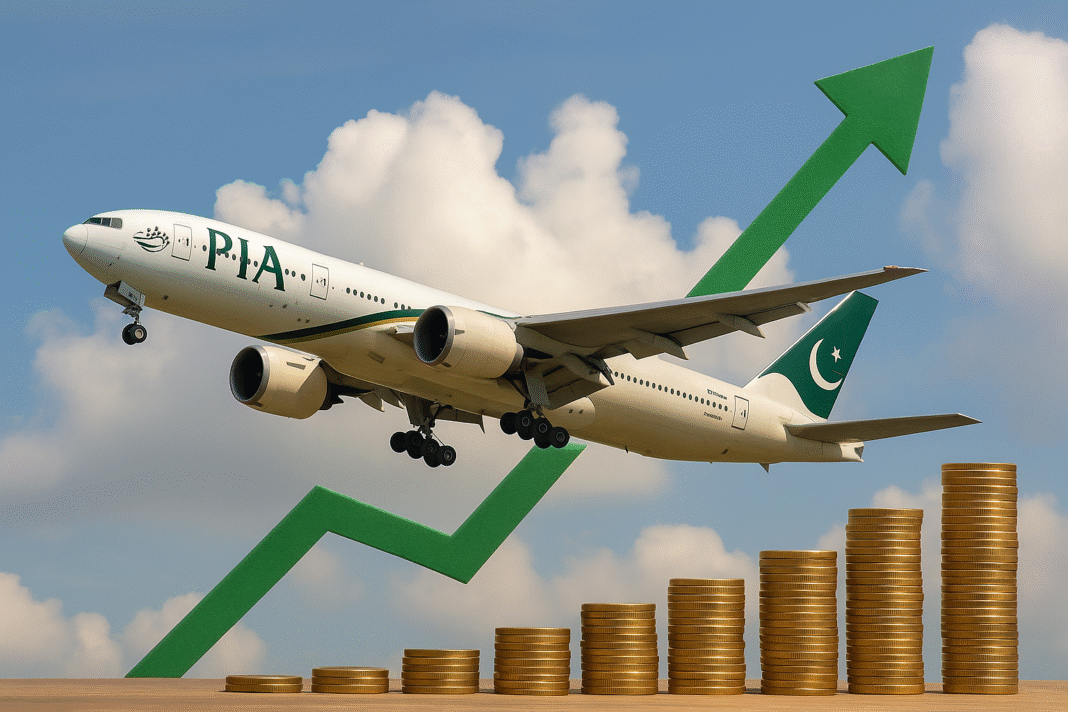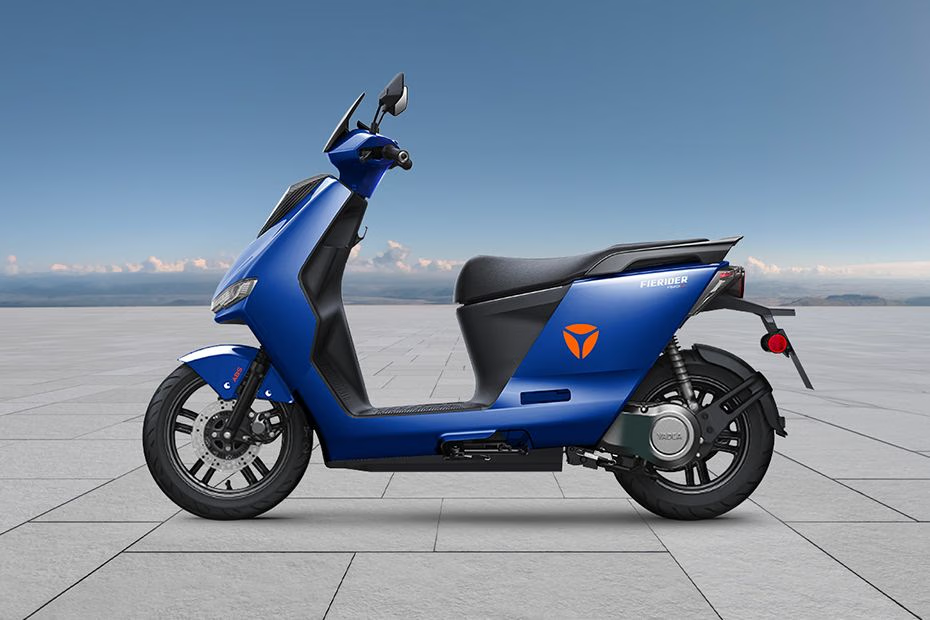PIA Swings to Profit After Decades — What It Means for Pakistan
Pakistan International Airlines (PIA) has done something that once seemed impossible: the national carrier has posted a pre-tax profit of Rs 11.5 billion during the first half of 2025 (January through June), with a net profit of Rs 6.8 billion. It’s the first time in about twenty years that PIA has managed this kind of half-year profitability.
What changed — Why this turnaround now?
Several factors contributed to this shift from deep losses toward profit:
- Debt Relief
The government absorbed roughly 80% of PIA’s legacy debt, which drastically cut financing costs. Without such heavy debt burden, more revenue gets to stay in the airline’s hands instead of being eaten up in repayments. - Privatisation Push & Structural Reforms
As part of a larger economic strategy, especially under IMF conditions, the privatisation agenda has become urgent. Restructuring—including cost-cutting measures and rationalizing unprofitable operations—has helped. - Resumption of Lucrative Routes
A significant loss for PIA had been the ban from certain countries (notably the UK and the EU) due to safety or regulatory concerns. With bans eased or lifted, PIA is regaining access to high-revenue international routes like London, Manchester, Birmingham etc., which bodes well for revenue growth. - Past Reform Efforts Paying Off
Earlier losses were often due to a combination of high operating expenses (fuel, maintenance, staffing), burdensome legacy debt, and inefficiencies. The reforms over recent years—route pruning, better fleet utilization, government support—are starting to be reflected in the numbers.
What the Profit Still Doesn’t Change
While the profit is a milestone, it doesn’t mean PIA is out of trouble just yet. Several hurdles remain:
- Equity Still Negative
Even with the profit, the airline’s book equity remains negative. That means liabilities still exceed assets, which is a serious structural issue. It limits flexibility and increases financial risk. - High Operating Costs
Fuel, service, maintenance, and staff costs are still high. Any fluctuations (fuel price rises, supply chain shocks) can quickly undermine gains. - Dependence on Government Support
The debt relief was itself a government action. Without such interventions, PIA likely would still be in deep losses. For long-term sustainability, PIA needs to generate consistent profit without depending on state bailouts. - Privatisation Risks and Uncertainty
A successful sale or partial divestment could bring fresh capital and improved management, but there are risks: valuation issues, finding credible and capable buyers, preserving service quality, and maintaining routes that are socially important but not highly profitable.
The Privatisation Drive: What’s Ahead
PIA’s profitability comes at a strategic moment: the government is pushing ahead with privatisation as a core condition in its IMF agreement. Key points in the plan:
- The sale or major stake transfer is expected later this year.
- Several domestic firms—including major names from aviation, manufacturing, investment, and fertilizer sectors—have expressed interest.
- For many observers, PIA is now the flagship case of state enterprise reform: if this works, it may boost confidence in other privatisations.
Implications for Pakistan’s Economy
- Budget Relief: Reduced need for government subsidies or emergency bailouts will ease pressure on the national budget.
- Investor Confidence: Successful turnaround + privatisation may attract more private investment into other sectors.
- Service Improvements: With fresh competition and new management, consumers may see better service, modernised fleet, more flights, improved safety & scheduling.
- Potential Upside from International Market Access: Regaining routes to UK/EU destinations can bring in foreign exchange and increase tourist & business travel flows.
What to Watch Closely
- Whether PIA’s bottom line continues improving in the next half-year, especially under rising costs globally.
- How sustainably PIA can maintain the cost discipline, especially fuel hedging, staff costs, and maintenance.
- Who ends up acquiring or investing in PIA, and what terms: whether government retains oversight, how much debt remains with the airline.
- How well PIA capitalizes on the route expansions and the lifting of bans abroad.
- The impact on fares, route networks, and whether loss-making but important regional routes are supported.
Final Word
PIA’s return to half-year profitability after nearly twenty years is more than just a financial number — it’s a signal that deep reforms and privatisation efforts are gaining traction. But turning a momentary profit into long-term stability will require ongoing discipline, smart management, and balancing commercial goals with public service obligations. For Pakistan, this could mark the beginning of a new chapter in how state-owned enterprises are run – not loss-ridden liabilities, but potential growth drivers.



